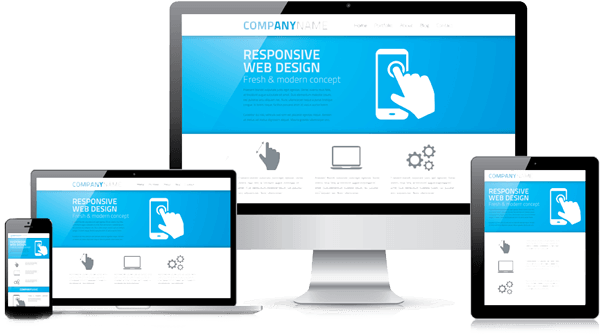To ensure your website offers an experience tailored to handheld devices (without creating a separate app), consider why responsive design is important as a mobile solution.
Websites not optimized for all these smaller screens can experience a decline in their search engine rankings. This means that they are not getting found online.
Let’s get into the details about the why and how.
First of all…what the heck is mobile responsive design and why should you care?
What is Responsive Web Design?
Responsive web design (RWD) creates a system for a single site to react to the size of a user’s device—with one URL and one content source. A responsive website has a fluid and flexible layout which adjusts according to screen size.
The importance of responsive web design is that it offers an optimized browsing experience.
Basically, your website will look great and work well on a desktop (or laptop), a tablet, and a mobile phone’s browser.
Get this:
In the past, developers built more than one site in order to accommodate different screen sizes. With the number of device types out there on the market today, this seems completely inefficient…right?
Now you can understand why responsive web design is not a shiny trend anymore, but more of a shift in the thinking behind building websites.

